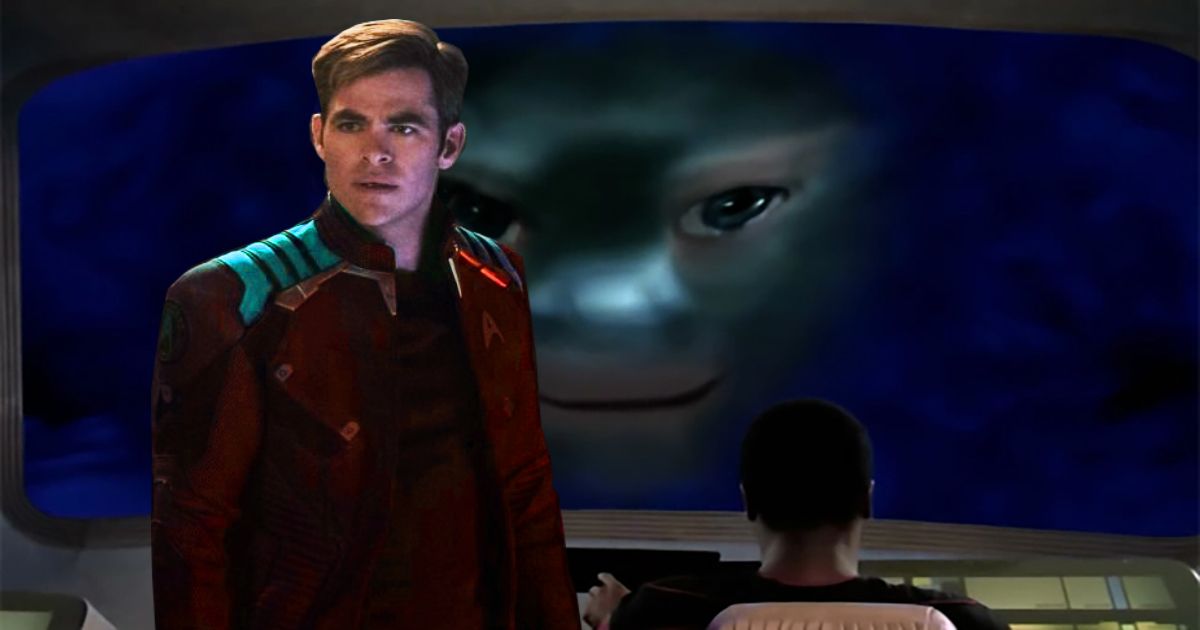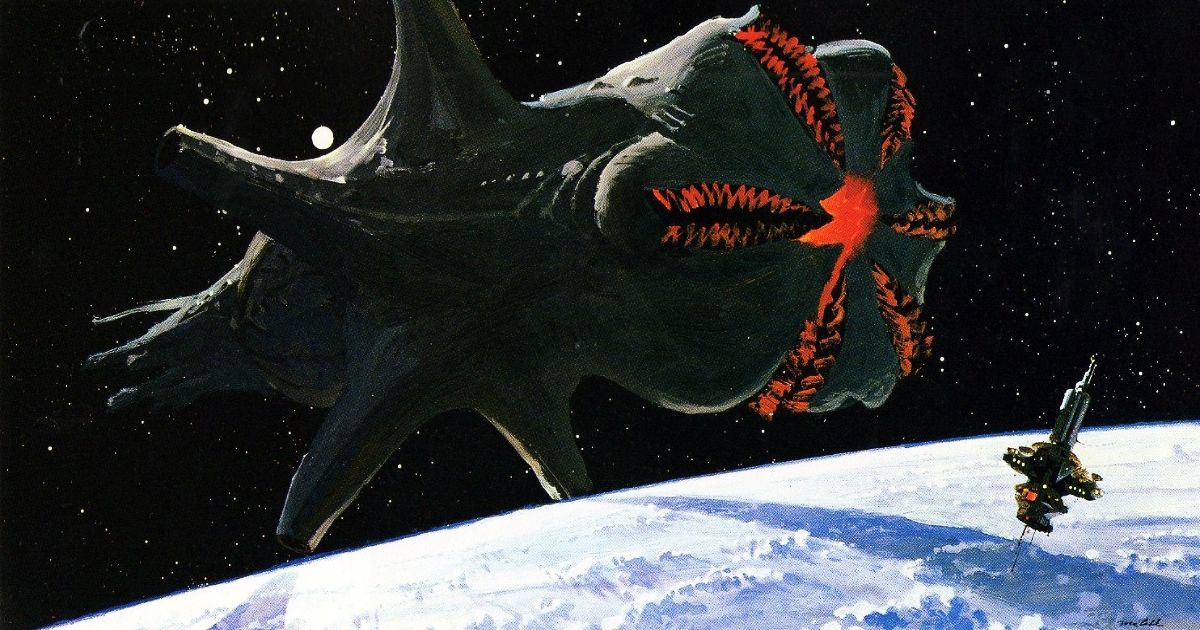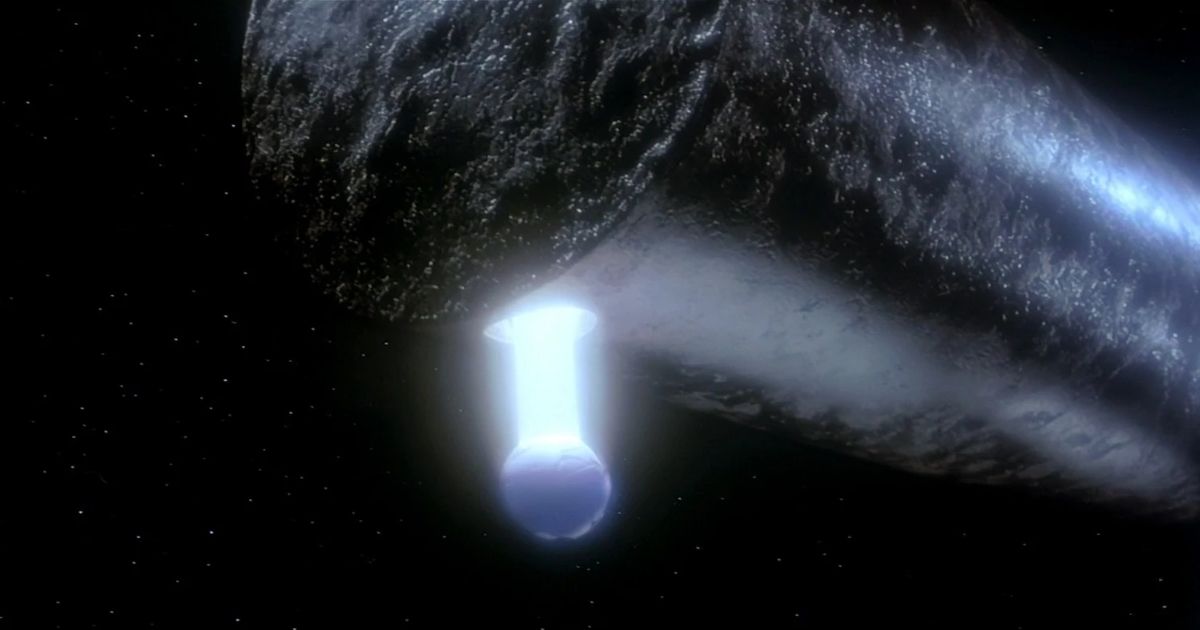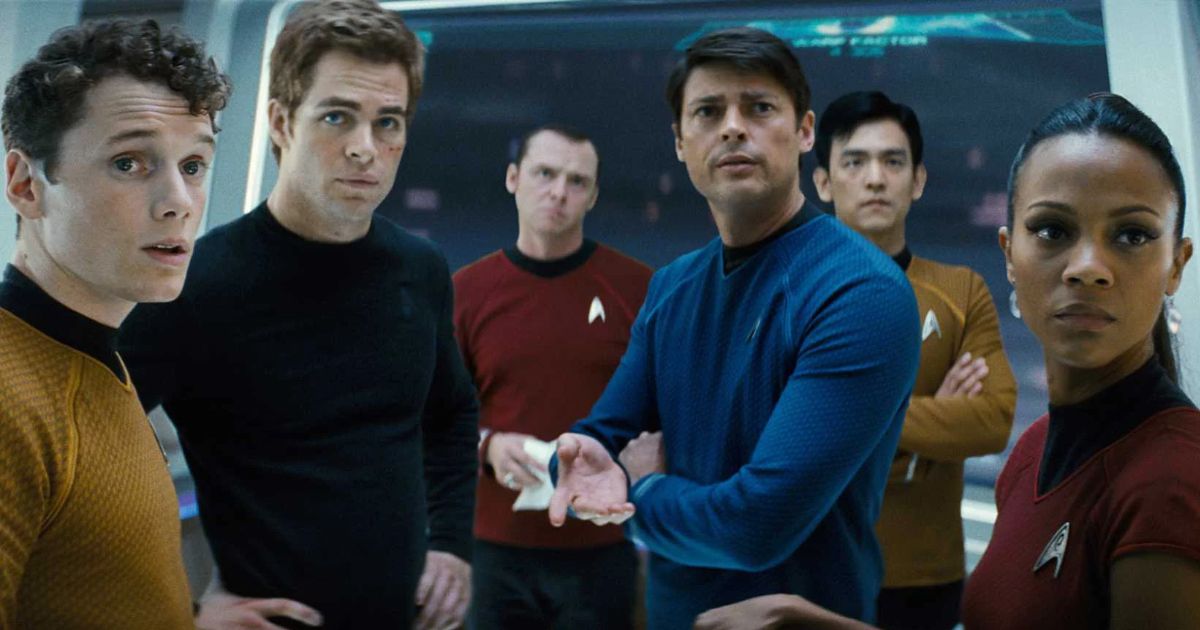With word of a fourth Kelvin Star Trek film moving forward, fans are clamoring to know what the plan may be for the new classic crew of the enterprise. The last few entries have certainly entertained as action spectacles, with most plots revolving around internal struggles within Starfleet, in-fighting amongst high-ranking officers, and revealing corruption within the organization. Unfortunately, this misses the mark for some fans.
While Starfleet being an imperfect political entity certainly bears creative fruit, there is also the entire universe to draw a story from. Part of Star Trek's charm has always been the ability to drop a crew at the very fringe of known space and discovering challenges presented by the infinite bounds of the universe. Considering we have a man down this time around also calls for heavier speculation. How exactly will the franchise acknowledge Anton Yelchin's passing, and can that fuel a more meaningful journey into the cosmos, or will they simply recast Checkov?
1986's Star Trek IV: The Voyage Home introduced the Cetacean Probe, a mysterious alien vehicle that required an answer from an extinct species from Earth's history. The plotline was a brilliant way to merge a meaningful philanthropic issue and the mysteries of deep space. While Star Trek V: The Final Frontier may have divided audiences, it too challenges the imagination in the most blatant way imaginable, tackling religion and God. While it is unlikely we will see Chris Pine go up against God (only Shatner had that level of courage), it is perhaps time to make a more bold creative choice for the Kelvin timeline crew and give audiences something truly imaginative.
Remembering Star Trek: The Motion Picture
With the new 4K release of Star Trek: The Motion Picture, modern audiences are rediscovering the brilliance of the franchise's first venture into cinemas. The concept of an ancient satellite launched into space in earth's history and returning hundreds of years later as a sentient monstrosity has gained a cult audience over the years. The visual effects created for the journey inside the bizarre structure by the late Douglas Trumbull made a mark on audiences who still can't seem to shake the imagery to this day.
The film's official synopsis reads:
The Federation calls on Adm. James T. Kirk (William Shatner) and the crew of the Starship Enterprise to contain an immense nimbused object that's on a crash course with Earth. After investigating, the crew discovers that the alien cloud harbors artificial intelligence with an ominous primary directive. Crisis strikes when a probe dispatched by the energy cloud attacks the crew, abducting navigator Lt. Ilia (Persis Khambatta). An android look-alike containing her memories shows up soon after.
This is the power of Star Trek cinema. Visualizing incredibly complex ideas, forcing the audience to traverse the fringes of consciousness, the absolute limits of what is possible in cinema. It became a benchmark of the franchise, and The Next Generation carried the torch in 1987 with the premiere of the first season.
Star Trek Can Be Weird and Trippy
Season One of Star Trek: The Next Generation is by far the weirdest of all. The show was still finding its footing, and tonally it even dips back into the original series a bit, which makes sense as Gene Roddenberry was still alive, overseeing all things Trek-related. While a bit rough around the edges, season one is still extremely valuable when getting to the core of what makes Star Trek so unique. Some of the plotlines are absolutely crazy.
For one, the series launched with the introduction of Q, an omniscient species very likely drawn from further development on Shatner's Final Frontier concept, pitting the team against godlike entities. In an episode titled "Where Silence Has Lease," the crew of the enterprise encounter a child-like entity who can completely manipulate reality, curious about death itself as its existence appears to be infinite and unbound by any physical means. In "Skin of Evil," the crew arrives on a planet where they encounter a being known as Armus, which may be Star Trek's closest personification of the devil, as it claims to be evil incarnate. Tasha Yar is suddenly and shockingly killed in this episode, which may have helped raise the stakes quite a bit for audiences.
Will Star Trek 4 Go the Distance?
While Paramount gears up for Star Trek 4, fans are outspoken about their expectations for the series. Action is always a welcome ingredient for Star Trek fans, but if the framework can revolve around something a bit more challenging for the mind, it may help to service the scope and impact of the film. While there is certainly no shortage of impressive set pieces, stunts, and action in the new movies, there could potentially be a bit more science fiction. The film will undoubtedly entertain, but if it's possible to push the boundaries of the imagination a little more than the last few films, the latest entry could potentially be the best yet.




